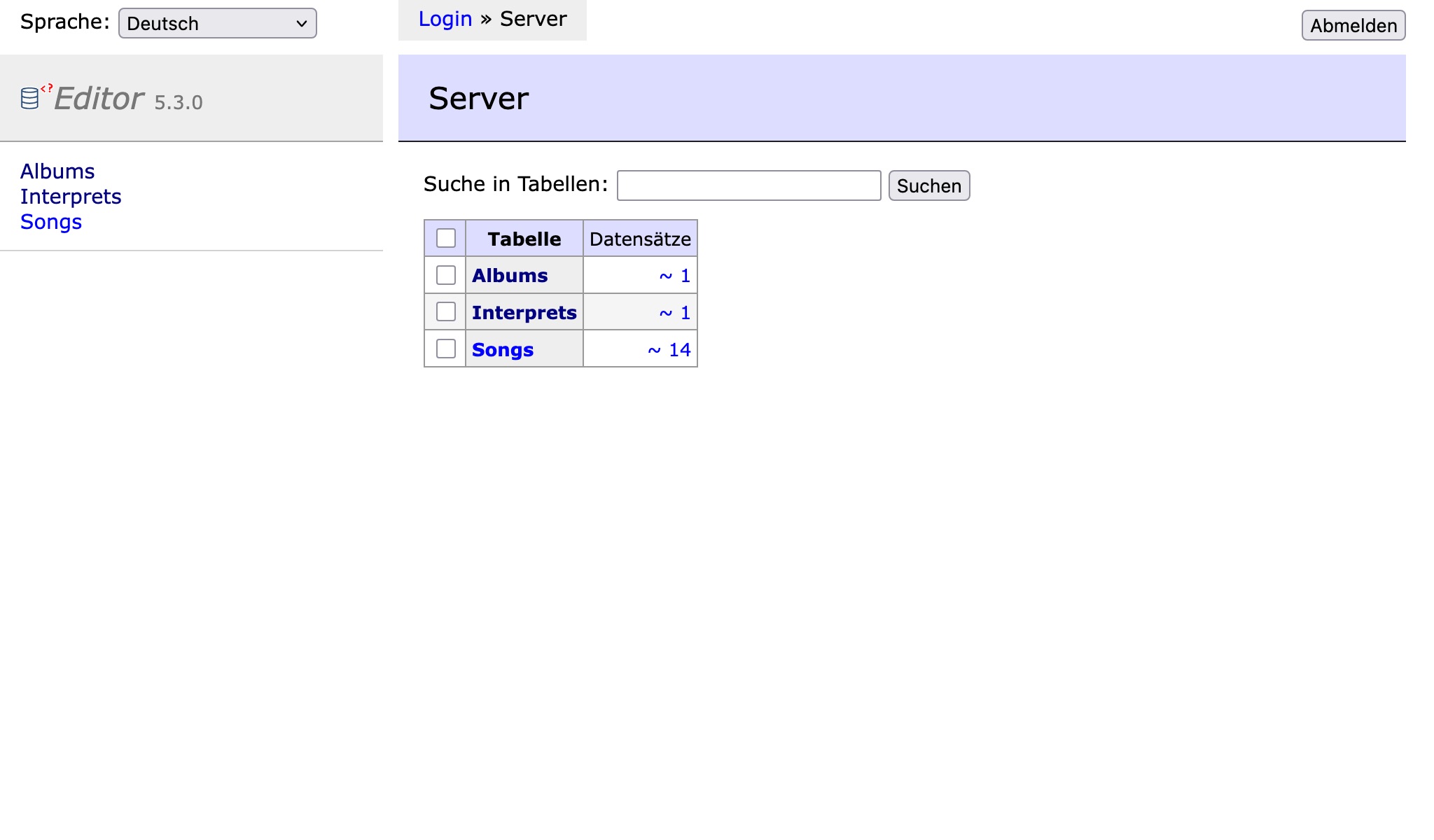Adminer – The Ugly Duckling of Database Tools

Welcome Back to the MySpace Era
You double-click adminer.php, and there it is: a stark HTML form, a couple of blue links, and typography that makes Helvetica weep. You squint. Did we just time-travel back to 2005?
While the rest of the web has moved on to sleek gradients, dark mode, and rounded corners, Adminer has stubbornly stayed put — like that one developer still using tabs over spaces. But here's the million-row question: does anyone still use this thing?
The Plot Twist
Yes. Yes, they do. Probably more than you think.
Confession time: last month, I was on call for a client's legacy PHP application. 2:07 AM. PagerDuty screams. Production is down. Database connection errors everywhere.
SSH into the server, no phpMyAdmin, no CLI tools installed, firewall locked tighter than Fort Knox. But wait — I remember something. I download adminer.php, upload it via SFTP, and like some ancient magic scroll, it opens. A few clicks, a guilty-looking NULL in the config table, I fix it — and we’re back online in under a minute.
No containers, no services, no passwords forgotten in Docker secrets. Just one file. Sweet, glorious pragmatism.
Why Adminer Still Works in 2025
- Single-file deployment: It’s just one PHP file. No setup, no drama. Upload and go.
- 0 dependencies: If your site can run PHP, you can run Adminer.
- Speed: Opens instantly. No voluminous JS bundles or slow-loading dashboards.
- Universal compatibility: MySQL, PostgreSQL, SQLite, and even MS SQL — Adminer speaks fluent database.
In environments where every install needs an approval form and a security audit, Adminer is your Swiss Army knife: blunt but always at hand.
Minimalism: Feature, Not Flaw
That UI might look like it escaped from a Google Images search for “early web app,” but it works. It’s responsive — in the old sense of “responds quickly.” No bloated CSS frameworks, no spinners. Just form elements and cold, hard SQL.
And let’s be honest: half the time, you’re just checking a table, running a query, or editing a value. Do you really need an entire JavaScript SPA for that?
The Case for Keeping Adminer in Your Toolbox
It’s not your daily driver, and it doesn’t pretend to be. But Adminer lives in that corner of your projects folder, ready and waiting for the day its practicality outweighs its aesthetic sins.
It's not about nostalgia — it's about utility. Forget UX. Think: UXIYH (User eXperience In Your Hour-of-Need).
Install it, forget it, remember it when you need it most.
A Final Nod to the Ugly Duckling
Sure, Adminer is no feathered swan of software design. But in a world of 10MB database admin panels that demand OAuth and Kubernetes, Adminer quietly reminds us what tools are meant to do: work, without getting in your way.
So go on. Drop adminer.php into your dev toolbox. You might not need it today. But future-you, bleary-eyed at 2:16 AM, will be eternally grateful.
